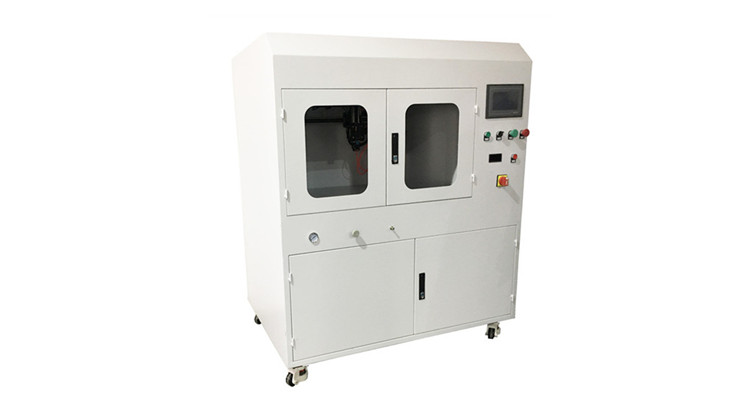PCB Fluxing With Ultrasonic Atomization
A new technology for fluxing of printed circuit boards (PCBs)—ultrasonic atomization spray fluxing—has recently been gaining acceptance with premier manufacturers of PCB assemblies across china. This technology has long been accepted as the high quality standard for PCB fluxing in North America and Europe, but it has had limited penetration in the Asian markets.
In the past two years, the cost of ultrasonic atomising fluxers has reduced by half in the US, making their price feasible for most PCB assembly manufacturers in Asia. This drastic reduction in price, combined with large improvements in performance, has hastened the acceptance of this sophisticated technology by the Indian market.
Electronics equipment manufacturers have been successful in improving the quality of their products while decreasing manufacturing costs of their PCB assemblies by implementing ultrasonic spray fluxers in their wave soldering machines.

By using ultrasonic spray fluxing, up to a 70 per cent reduction in flux consumption has been reported, as compared to foaming and other fluxing methods. The need for thinners is eliminated because the ultrasonic spray system is a closed loop process with no evaporation of the solvent, as experienced with foam fluxing. Also, the amount of flux transferred onto the PCB is precisely controlled, resulting in less solder dross formation.
Limited amounts and very thin layers of flux on the PCBs reduce the flux residues on the soldered PCBs. That eliminates the process of cleaning a PCB for aesthetic reasons, thus saving costs.
A control on the flux going into the wave reduces the formation of fumes during the soldering process, which helps to minimise the risk to the health and safety of the operator and the production floor personnel. Less fumes help to save the costs on filters in the exhaust system, face masks, etc.
Ultrasonic spray fluxers are easy to integrate with existing manufacturing lines, using simple programmable operations. Increased throughput and decreased downtime for cleaning and maintenance boost profit margins for PCB manufacturers of any size.
The heart of an ultrasonic spray fluxing system is the ultrasonic nozzle. These precision spray nozzles use high frequency ultrasonic vibrations to produce a fine spray mist of uniform micron sized droplets, which are produced at the nozzle tip due to capillary wave formation. These very small droplets can easily penetrate through-hole vias.
Ultrasonic nozzles create a much more uniform spray than pressure nozzles and will not clog even with sticky rosin flux. As pressure nozzles clog, their performance becomes uneven and quality drops with lower process repeatability. Therefore, pressure nozzle systems require frequent cleaning. This results in large amounts of downtime for maintenance and lower throughput. Ultrasonic spray fluxing overcomes these clogging problems. And downtime due to the need for cleaning is avoided because these nozzles have to be cleaned only once a month. The spray process is highly repeatable and reliable, so quality remains as high as possible.
Another unique benefit of ultrasonic spray fluxing systems is the reduced overspray when compared to other fluxing systems. The velocity of the spray is controlled, and atomised droplets are entrained into highly defined spray patterns that do not bounce off the substrate into the air. The air pressure is fine tuned for excellent through-hole penetration and very little overspray.
Ultrasonic spray fluxers are available with reciprocating or stationary nozzle designs—some systems can also spray selective areas and further save flux consumption.
PCB Fluxing With Ultrasonic Atomization Video
Recommended Equipment
Ultrasonic Atomization Nozzle
Laboratory Ultrasonic Coating System
UAM3000 Ultrasonic Medical Devices Spraying
UAM4000 Desktop Ultrasonic Spraying Equipment
UAM6000 Ultrasonic Spraying Machine
UAL100 Ultrasonic Dispersion Syringe Pump
LULP500 Ultrasonic Laboratory Device
Prosonic1000 Industrial Ultrasonic Device
Prosonic3000 Most Powerful Ultrasonic Processor
